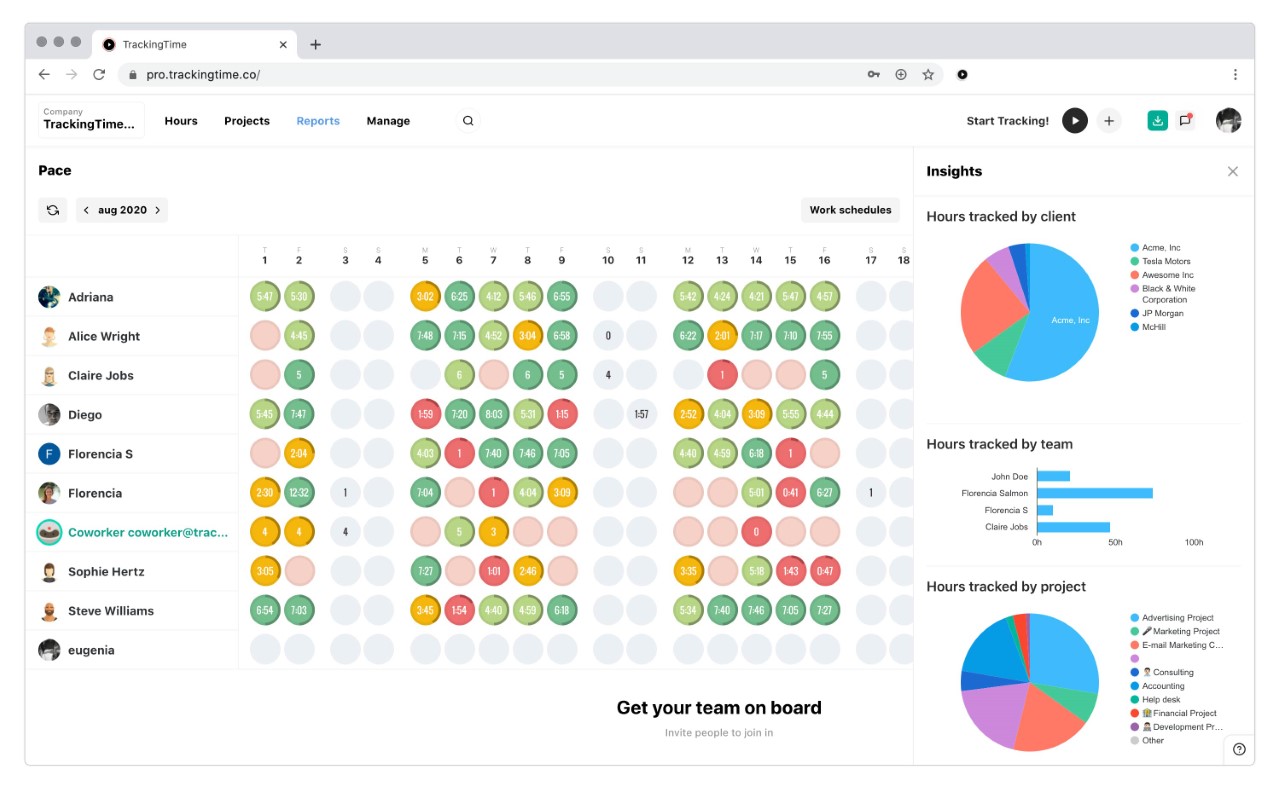
#Trackingtime downgrade update#
If you select Expand record you can update your tracked record. The time tracker will continue running even if you switch to a different base or leave Airtable. If you set up a collaborator field, the collaborator field will automatically fill in with the name of whichever collaborator started the timer (but you can change the collaborator later if you need to). After you choose your record and start tracking, if you have a start date field the current date will appear in that field. When you click Start tracking, you'll be given the option to choose an existing record to add time tracking to. Clicking this button will let you choose an existing record to add time tracking to, or create a new record to start tracking time for.
A large button will now appear labelled "Start tracking". Then, choose your duration field (which must be configured as a number field or a duration field) and duration unit-either minutes or hours. If a view is selected, only records from that view will be shown when picking a record to start tracking time. You can choose to pick a "view" for the time tracker extension. If you do this, the field you designate will automatically get filled in with the name of whichever collaborator starts the time tracker. You have the option of designating a collaborator field. (The start date field is optional, but must be configured as a date field.)

Pick the table in which you'd like your records to be created using the Table dropdown menu select a start date field. After you've added the time tracker extension to your base, you'll need to adjust the settings. You can track time for existing records, or create new records directly from the time tracker extension. Extensions let you extend the functionality of your bases: you can use extensions to bring new information into Airtable, visualize and summarize your records in colorful ways, and even directly integrate your Airtable bases with your favorite extensions.


 0 kommentar(er)
0 kommentar(er)
